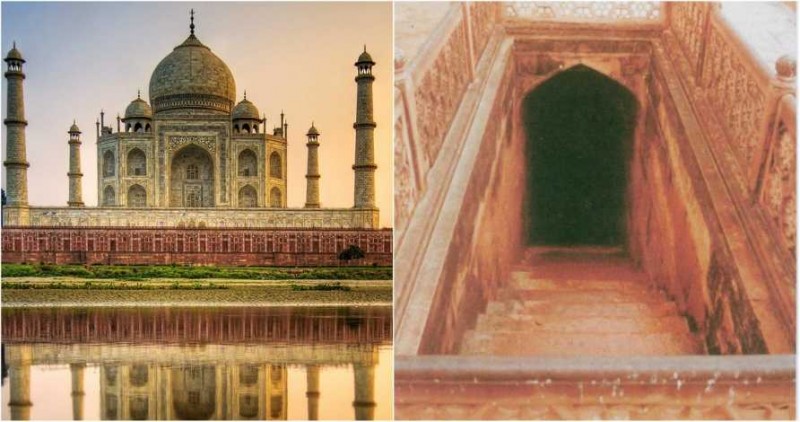
The Taj Mahal, a timeless marvel and epitome of love, has long captivated the hearts and minds of people worldwide. However, recent developments have brought forth a new layer of intrigue – 22 rooms within this architectural wonder are now off-limits to the public. What secrets lie behind these closed doors, and why have they been concealed from the prying eyes of visitors? In this exploration, we will delve deep into the heart of the mystery, unraveling the history, preservation efforts, and the potential treasures hidden within the Taj Mahal's closed rooms.
Before we unravel the secrets, let's revisit the grandeur that is the Taj Mahal. Commissioned by Emperor Shah Jahan in memory of his beloved wife Mumtaz Mahal, this UNESCO World Heritage Site stands as a symbol of eternal love and architectural brilliance. Its mesmerizing beauty has drawn millions of visitors, making it one of the most iconic structures globally.
Intriguingly, a significant portion of the Taj Mahal is now off-limits to the public. What could be the reason behind these closed doors? The answer lies in a delicate balance between historical preservation and ongoing restoration efforts.
Preserving a structure as venerable as the Taj Mahal is no small feat. The closed rooms may house delicate artifacts and structures that require protection from the wear and tear caused by the constant influx of visitors. The decision to restrict access becomes a crucial aspect of ensuring the longevity of these historical treasures.
Restoration is a continuous process for a monument of such historical significance. The closed rooms might be undergoing meticulous restoration work to address the inevitable effects of time and environmental factors. This effort not only maintains the structural integrity of the Taj Mahal but also allows for the careful preservation of its intricate details.
Behind the closed doors of the Taj Mahal, there might be treasures waiting to be unveiled. These could range from hidden chambers with undiscovered artifacts to secret passageways that hold untold stories of the Mughal era.
Archaeologists and historians may find hidden gems within the closed rooms, shedding light on the daily lives and customs of the people during the Mughal period. Each artifact could be a missing piece in the puzzle of history, providing a more comprehensive understanding of the cultural tapestry of the time.
While the Taj Mahal is already celebrated for its architectural brilliance, what if there are hidden architectural wonders within these closed spaces? These closed rooms may contain structural elements or design intricacies that further elevate the Taj Mahal's status as a marvel of human achievement.
As the number of visitors to the Taj Mahal continues to rise, striking a delicate balance between tourism and preservation becomes imperative. The closure of specific areas is not merely about secrecy but is a strategic move to protect the monument from potential damage caused by the sheer volume of foot traffic.
Preserving the Taj Mahal for future generations requires a sustainable approach to tourism. Closing specific areas allows authorities to manage the flow of visitors, preventing overcrowding in delicate sections and safeguarding the monument from inadvertent harm. It's a proactive measure aimed at ensuring that the Taj Mahal remains a cultural gem for centuries to come.
The closed rooms of the Taj Mahal may be concealing secrets that, when unveiled, could rewrite history or provide a deeper understanding of the Taj Mahal's significance. The anticipation of what lies behind these closed doors adds an element of excitement to the visitor experience, making the exploration of the Taj Mahal a journey not only through space but also through time. In conclusion, the mystery of the 22 closed rooms of the Taj Mahal is a captivating tale of preservation, restoration, and the potential discovery of hidden treasures. As we await the day when these doors swing open, the allure of the Taj Mahal only deepens, inviting us to appreciate its beauty and wonder with a renewed sense of curiosity. The Taj Mahal, with its closed rooms, stands not only as a testament to the past but as a guardian of history, carefully preserving its secrets until the time is right to reveal them.
Major Drug Bust in Assam: 22,000 Yaba Tablets Seized, Two Arrested
Fatal Feeding: Woman Arrested for Allegedly Killing Boyfriend's Baby with Nail Polish Remover